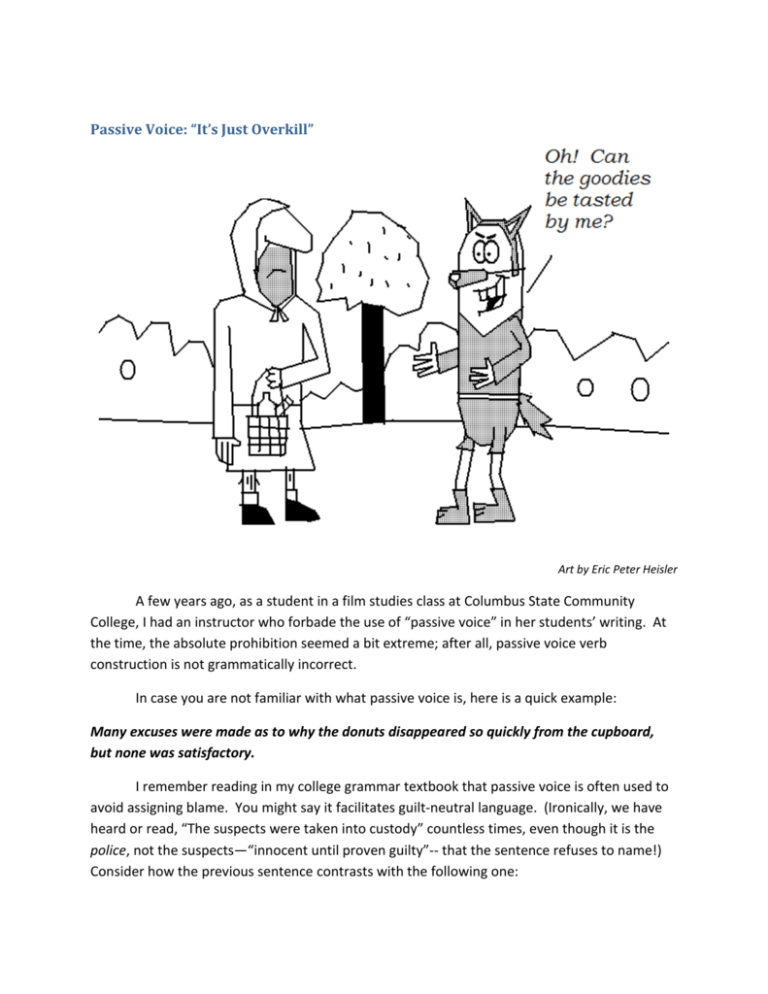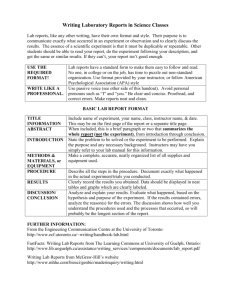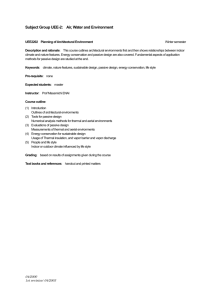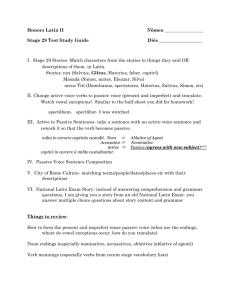Passive Voice 2
advertisement

Passive Voice: “It’s Just Overkill” Art by Eric Peter Heisler A few years ago, as a student in a film studies class at Columbus State Community College, I had an instructor who forbade the use of “passive voice” in her students’ writing. At the time, the absolute prohibition seemed a bit extreme; after all, passive voice verb construction is not grammatically incorrect. In case you are not familiar with what passive voice is, here is a quick example: Many excuses were made as to why the donuts disappeared so quickly from the cupboard, but none was satisfactory. I remember reading in my college grammar textbook that passive voice is often used to avoid assigning blame. You might say it facilitates guilt-neutral language. (Ironically, we have heard or read, “The suspects were taken into custody” countless times, even though it is the police, not the suspects—“innocent until proven guilty”-- that the sentence refuses to name!) Consider how the previous sentence contrasts with the following one: My son, Donovan, made many excuses as to why the donuts disappeared so quickly from the cupboard, but none was satisfactory. Passive voice often eliminates the need to include a subject in a sentence; if there is no subject, there is no “pointing finger.” Note that when the hypothetical Donovan makes the excuses, he surely becomes endowed with a measure of suspicion! I will admit that I resented my instructor’s prohibition of passive voice a little, especially when I came to realize how often I used it in my own writing. Yet, now that I am a writing tutor, I can see how a student’s overuse of passive voice can really hurt the quality of his writing; an otherwise intelligent-sounding essay can become tedious for the instructor to read. Since we don’t usually need to avoid assigning blame in our academic writing, it is a little unclear why some of us gravitate so heavily toward passive voice verb construction. Perhaps it’s because we think it contributes to the dispassionate, “smarty-pants” academic tone we strive to achieve as graduate students. Zzzzzzzz—but consider how boring (not to mention how strange!) the enchanting tale of “Little Red Riding Hood” becomes when the narrative is largely converted to passive voice: Once upon a time there was a little girl named Red Riding Hood. She was named that because a red riding cap was always worn by her. One day, she was asked by her mother to take some goodies to her grandmother, and a basket of goodies to carry was given to her. “The path is to be stayed on, and no one is to be spoken to along the way!” Little Red Riding Hood was warned. A promise to do just that was made, but it was soon forgotten by her. Soon after the girl’s walk through the forest was begun, a wolf was encountered by her. “Hello, my dear,” she was greeted. “Where are you going?” she was asked. “A journey to Grandma’s house is being undertaken by me,” her reply was given. “A basket of goodies is being carried.” “Oh! Can the goodies be tasted by me?” the question was asked by the wolf. “Certainly not, Mr. Wolf!” her rejoinder was given. Now, here is a little exercise for you: complete the rest of the story, doing your best to maintain passive voice verb construction. Alternatively, transform this awkward fairy tale excerpt by eliminating the ubiquitous use of passive voice. Then, observe the charming results that are obtained . . . er, observe the charming results you obtain! Exercises like these should help you to become more sensitive to the difference between passive and active voice, and, as a result, you will be less likely to rely too heavily on the use of passive voice verb construction in your writing.







